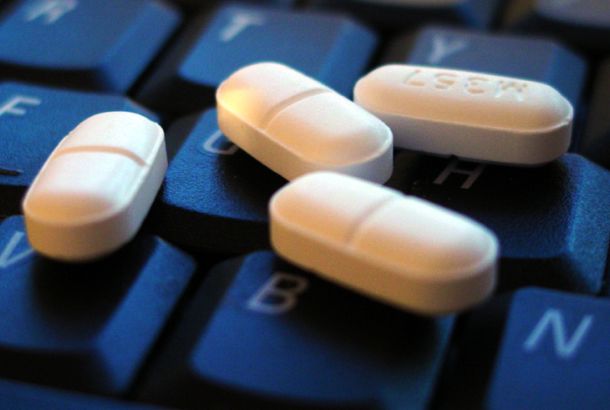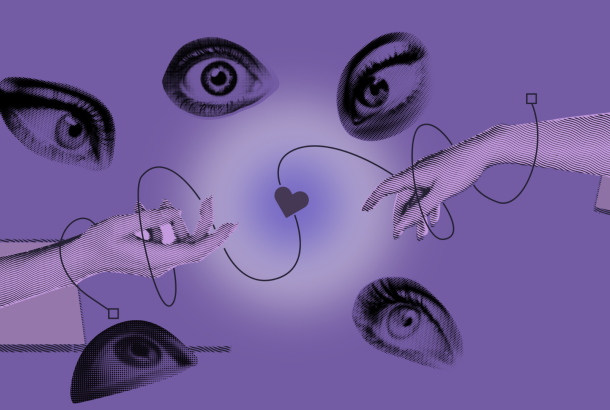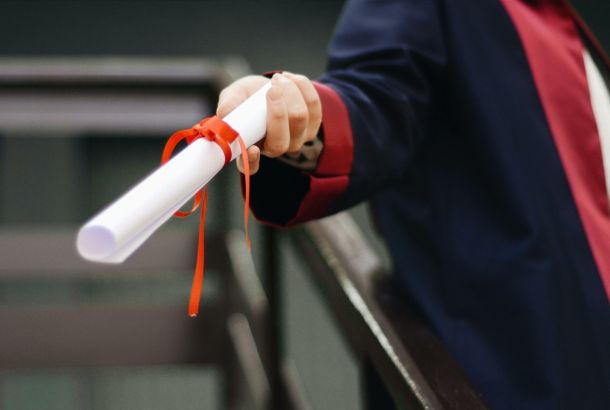LGBT History Month: body issues
February is LGBT history month, and with the recent sharper focus on LGBT rights, many are asking why we still need a month dedicated to LGBT people. Hopefully, throughout this series, I will be able to argue why LGBT history month matters by examining the inequalities that LGBT people face today.
Body shaming within the gay and bisexual male community is rife. Beauty standards for gay men are either hypermasculine or are solely focused on being youthful and thin. These are so entrenched into the culture of gay men that we even have terms to denote these different kinds of men: jocks and twinks, respectively. The existence of these standards is harmful, as it creates a social narrative where men who do not fit into these boxes are not deemed attractive. As a result, it pushes people to try and fit themselves in, reducing themselves down to a vapid caricature.
This goes beyond people feeling unattractive; it causes serious health problems amongst gay and bisexual men. The International Journal of Eating Disorders found that 42 per cent of men who have eating disorders identify as gay or bisexual. This is ridiculously high, and it clearly shows that unrealistic beauty standards are impacting on the health of gay men in a very real way.
This then made me wonder if the same bodily pressures exist within lesbian and trans spaces. For lesbians and bisexual women, the answer is somewhat more contrived. Due to the close cultural ties to feminism, there is much more body tolerance within the lesbian community. Butch and femme identities are respected without people being pressurised from within the community to conform to these ideals.
The majority of body issues that affect lesbians and bisexual women come from the hyper-sexualisation of lesbian relationships by society. This is established in media, like music videos and films, whereby two typically attractive straight women make out for the purpose of pleasing straight men. This ideal is then awkwardly pressed onto real life couples, where the expectations are inevitably not met. Those who do not conform to society’s beauty standards are then seen as ugly man-haters to avoid them being a threat to masculinity, and as such a variety of lesbian identities are suppressed and shamed.
Trans body issues can appear more complex due to the nature of gender dysphoria. Gender dysphoria is usually explained as discomfort or unhappiness as a result of some incongruence between a person’s gender identity and the way their gender is perceived by themselves or others. It is worth pointing out that there is a big difference between dysphoria and body image. Dysphoria is not just a desire to look a certain way, it is the distress a trans person experiences where something about the way they look, act or even feel makes them in some way feel as though they are the wrong gender. This isn’t as much to do with beauty standards as it is to do with feeling correct and healthy within themselves as the right gender. Part of this may be wanting to exhibit feminine or masculine beauty standards, but that is only a part of dysphoria, and makes body image issues and non-trans beauty standards infinitely more complicated. Whilst women are pressured to be thin, trans women who have not undergone hormonal therapy will struggle to store fat around their hips and legs, which typically happens because of higher levels of oestrogen. But as women, they still are victim to a societal pressure to be thin, and as such it can create a conflict between the socially pressurised body standards, which tells them to lose weight, and dysphoria, which tells them to gain weight in areas.
These challenging beauty standards, both from within and without, are a reminder that we are measured by the stereotypes that people hold for us as LGBT people. Either we fall into the stereotypes that people have set for us, or we go so vehemently out of our way to avoid them — which only creates more problems. Within our community, we have to challenge peoples’ preconceived notions of the way that LGBT people will look.
To finish the series, I would like to reflect back on what we have discussed about how society still perceives LGBT people, and the social battle grounds of these judgements. Before we have even come out we are seen as deceptive, and afterwards we are held to dehumanising, oversexualised caricatures of what it means to be LGBT. This makes it easier to deny us rights and services, like the freedom to give blood. It makes it easier to verbally and sexually harass us in the streets. Finally, it makes it easier to ignore us when we speak out about these inequalities, which ultimately is why LGBT History Month still matters.







